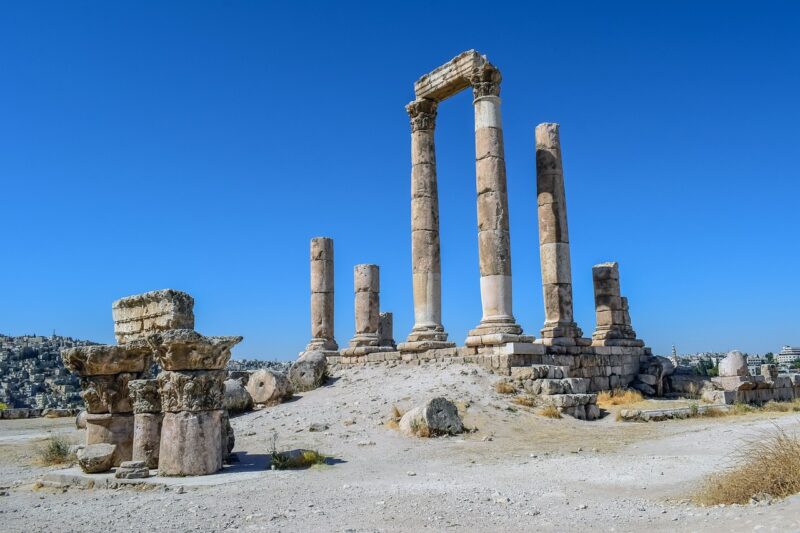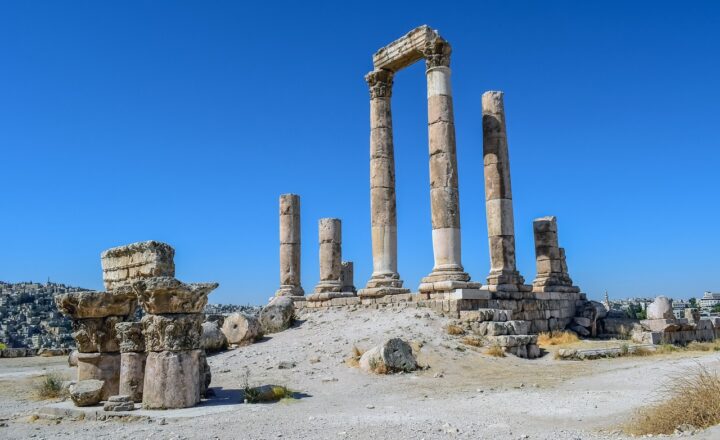
In today’s fast-paced world, the concept of fast food has become a staple of modern life. However, the origins of fast food trace back to ancient civilizations, with the Romans remarkably leading the charge. Long before the global chains we know today, ancient Romans established the first-ever fast food stalls, which catered to the busy lives of citizens in their thriving empire. This article delves into how these early food establishments functioned, the variety of food available, and their cultural significance.
1. The Social Context of Ancient Rome
The Roman Empire was a bustling hub of activity, with its citizens engaged in work, socialization, and leisure. The growing urban population, especially in cities like Rome, made it increasingly challenging for individuals to prepare meals at home.
The Roman diet was diverse, consisting of cereals, fruits, vegetables, and meats. However, many citizens, particularly the lower and middle classes, had neither the time nor the resources to cook elaborate meals. This resulted in a high demand for available food options that were quick, affordable, and convenient.
2. The Emergence of Thermopolia
In response to this growing need for quick meals, the thermopolium (plural: thermopolia) emerged as a popular food option in ancient Rome. These were small establishments that served hot food and drinks to patrons. You could think of a thermopolium as an ancient equivalent to today’s fast food outlets.
**Structure of Thermopolia:**
Thermopolia were typically small, stand-alone shops consisting of a counter with large terracotta jars (dolia) embedded into it, which kept various types of hot food and snacks ready for patrons.
**Food Variety:**
The offerings at these stalls varied widely, including:
– **Lentils and peas:** Common staples that were both affordable and filling.
– **Fish and meat:** Such as sausages, which were popular among citizens craving quick protein-rich options.
– **Bread:** Frequently served with dips made from olive oil, herbs, and cheese.
– **Wines and beverages:** Including mulled wine, a hot and spiced alcoholic drink that provided warmth and comfort.
Thermopolia were immensely popular, providing a social gathering space where people could grab a quick bite, engage in conversations, and socialize, much like today’s fast food restaurants.
3. Cultural Significance and the Role of Food in Roman Society
In ancient Rome, eating was not merely a matter of filling one’s stomach. Food and dining played a crucial role in the social fabric of Roman society.
**Socializing Through Meals:**
Romans often used meals as a means to bond with others and engage in political discussions. While they may have frequented a thermopolium for convenience, it still carried a level of social significance.
**Street Food Culture:**
The thermopolia also contributed to the vibrancy of public life in Rome. They were often seen in marketplaces and busy streets, creating a lively atmosphere where vendors would call out to potential customers, enticing them with the tantalizing smells of cooked food.
Unlike today, where fast food is often associated with unhealthy eating, the Romans had a rather balanced diet available at their thermopolia, and food safety and freshness were integral to their operation.
4. The Decline of Thermopolia and the Influence of the Roman Empire
As the Roman Empire expanded, so did its culinary influence. However, with changing times and culinary trends, thermopolia began to decline, especially as affluent Romans began to prefer elaborate multi-course meals in their homes and at banquets.
Despite this decline, the concept of quick, convenient food survived and evolved, significantly influencing future cultures and culinary traditions.
**Legacy of Roman Fast Food:**
The notable aspect of the thermopolia is their lasting legacy. The fast food model we recognize today, with its quick service and transferable food styles, has roots deeply embedded in ancient Rome’s culture.
In fact, as cities grew and modernity swept through societies, the idea of accessible food for the hurried populace found numerous adaptations worldwide, eventually leading to the global fast food chains we see today.
5. Conclusion: The First Fast Food Experience
Ancient Rome laid the groundwork for what we recognize today as fast food. Through the establishment of thermopolia, Romans created a convenient way for people to enjoy a meal amidst their busy lives, transforming how society viewed and interacted with food.
This exploration into ancient Roman food culture not only highlights the ingenuity of their time but also illustrates an early perspective on the importance of convenience and access to meals. While the legacy of thermopolia might be long gone, its influence continues to thrive in our contemporary fast-food environment. So, the next time you grab a quick meal from a popular drive-thru, remember that this way of dining has origins that are centuries old, firmly rooted in the ingenious streets of ancient Rome.







